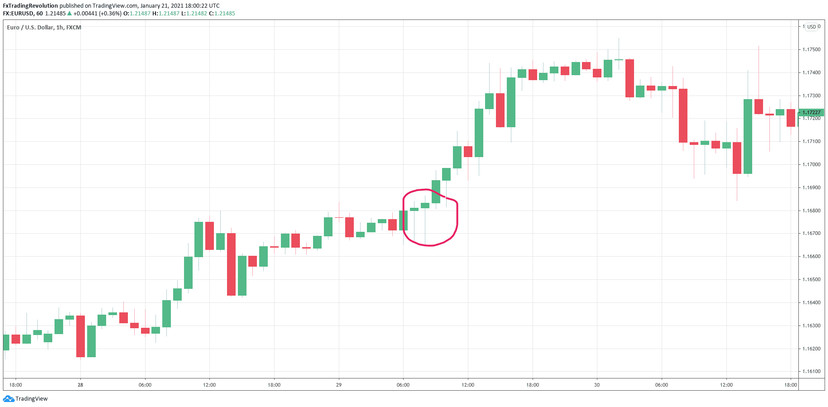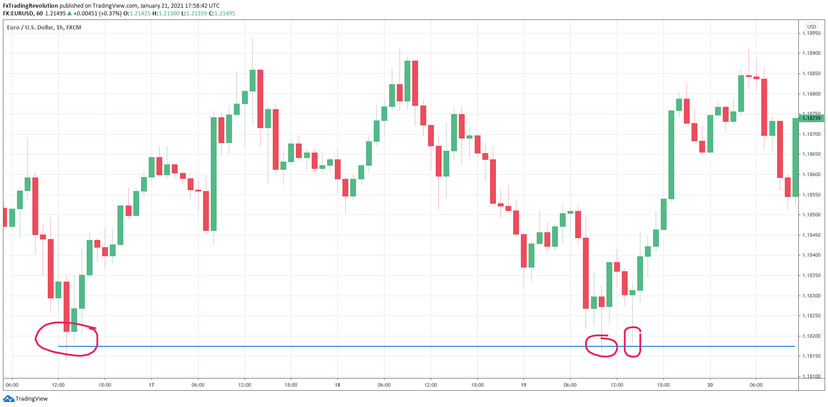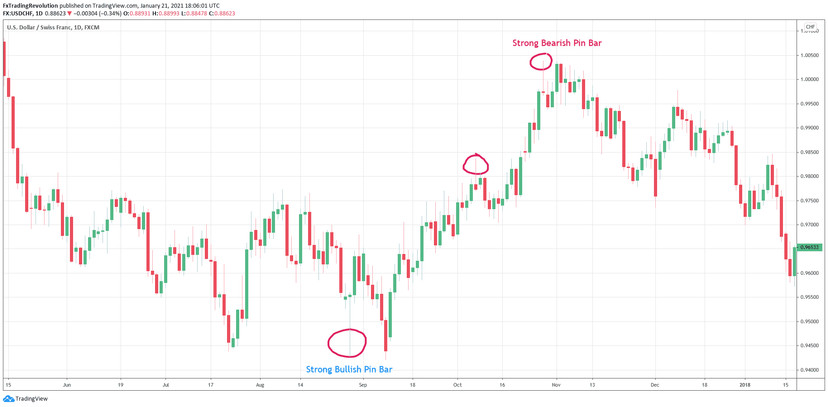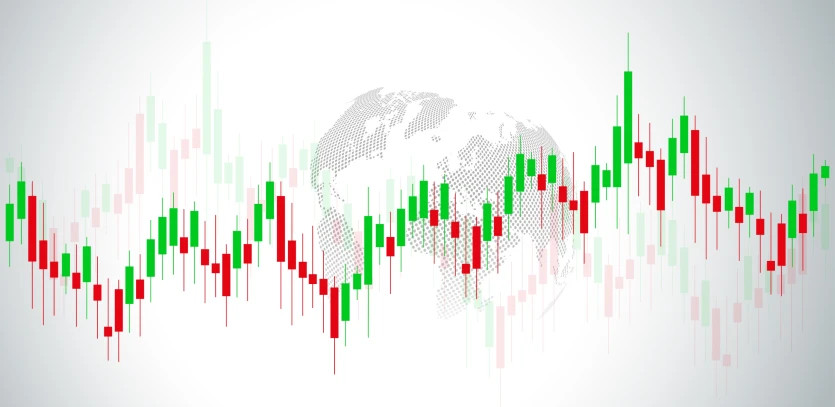The Pin Bar candlestick pattern is a very popular trading signal among traders. Over the years, traders have found many ways to use Pin Bar in trading, and that can be quite confusing for rookie traders.
A considerable amount of rookie traders try to find a single relevant answer to how the pattern can be easily made use of. But more experienced traders know that trading isn’t like a simple equation with only one correct answer.
Whether we like it or not, trading is about estimating and probability that can lead us to our estimations.
That is why this article should not primarily be a guide to profitable trading strategies based on Pin Bar patterns, but an assistant to those who use these patterns so they can eliminate patterns that have a low chance of success.
Let’s go through some techniques that more experienced traders use to eliminate undesirable patterns and false signals.
Pin Bars in Trends
Many of you have probably heard the phrase “the trend is your friend,” and it also applies in this case. Usually, it pays off to search for a Pin Bar pattern that follows the market trend. That means that you shouldn’t try to trade Pin Bars that are going against the current trend.
Trading counter-trend Pin Bars is very hard. When a trader does learn how to trade them, they can bring interesting results, but to learn counter-trend Pin Bars, you have to be quite the professional and have loads of experience.
One of the techniques that some traders choose is trading Pin Bars that go with the trend.

But make sure to choose the right time frame so that you can determine the trend and analyze it well. The H1 and H4 time frames are quite popular for trading this pattern.
Time frames that are shorter than H1 show false Pin Bars more often and the risk of failure is greater. On the other hand, daily and longer time frames can show this pattern as little as once about every month.
Focusing on Pin Bars created on the level of support or resistance
Every trader surely knows that there’s not always a trend on the markets, and so it happens from time to time that the markets are sideways and are considered neutral.
During the neutral period, strong support and resistance are created. Those can serve as a stepping stone for the market. The market and price levels bounce back and forth a couple of times, and only after several attempts can the market push through.
And the formation of Pin Bars on this support and resistance is a sign for traders that the price level at question will most likely work and that the market will bounce off it.

We could almost say that Pin Bars formed on these levels and, for example, going with the main trend could be a great trading weapon.
Identifying Weak and Strong Pin Bars
There are many Pin Bars as far as the candlestick is concerned. Generally, the longer the wick, the lower the willingness of the market to accept a price level. But it’s not just about the length of the wick. When studying a Pin Bar, it’s very important to consider the size of the body of the candles stick.
When the body of the candlestick is very small, the market is more likely to change directions.
Conversely, the bigger the body of the candlestick (a body formed in the direction of the trend), the less probable it is that the market will change directions.

That is why it’s necessary to know the different types of Pin Bars. It is another useful tool that will help you avoid some losing trades.
Conclusion
Pin Bars are very popular entry signals, but identifying them correctly isn't as easy as it might seem at the moment.
Identifying the best and most effective Pin Bar patterns requires a lot of knowledge and practical
experience that will take you some time to get. But devoting your time to learning and gaining experience can pay off.
About the Author:

Team Purple Trading
Purple Trading is a true and 100% fair ECN / STP forex broker providing direct access to the real market. High speed orders execution, no trade-offs, no limits for any type of trading, the most advanced trading technologies. Explore more about Purple Trading at www.purple-trading.com .
For more information on the risks of trading, click here .
P.M. Purple Trading is a trade name owned and operated by L.F. Investment Limited., 11, Louki Akrita, CY-4044 Limassol, Cyprus, a licensed Cyprus Investment Firm regulated by the CySEC lic. no. 271/15.





